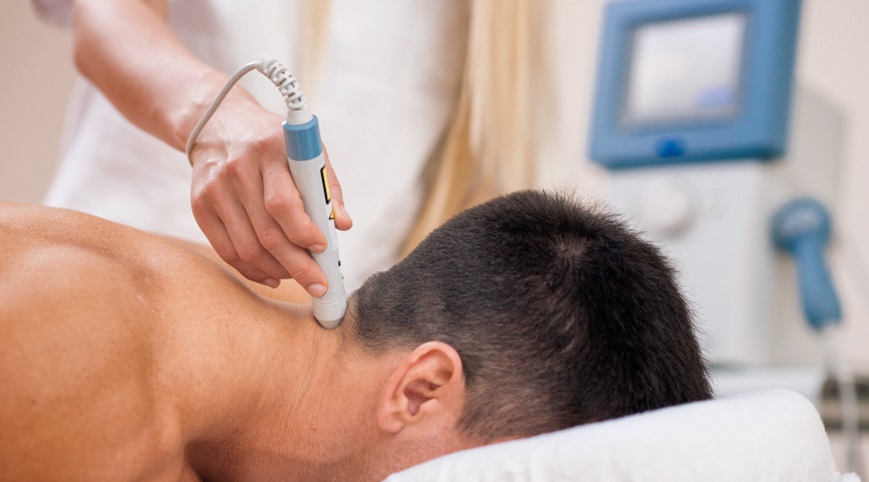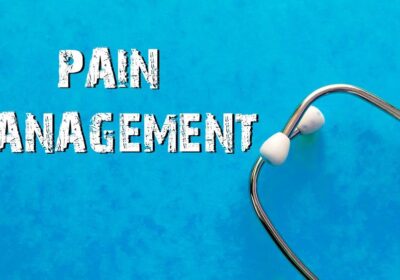
Exploring the Benefits of Low-Level Laser Therapy for Chronic Pain
Chronic pain affects millions of people worldwide, often diminishing quality of life and making day-to-day activities a challenge. Among the various treatment options, low level laser therapy in Davie has emerged as a promising non-invasive approach for pain management. By using laser light at specific wavelengths, this therapy aims to reduce inflammation and promote healing, providing relief for various chronic conditions.
What Is Low Level Laser Therapy?
Low-level laser therapy (LLLT), also known as cold laser therapy, utilizes light wavelengths that penetrate the skin without generating heat. Unlike other forms of laser treatments that can cut or burn tissue, LLLT is a non-destructive form of therapy. It encourages cell repair and growth, ultimately targeting pain and inflammation reduction in the body.
The therapy’s effectiveness stems from how the cells absorb the light energy, which then supports the repair of damaged tissues and accelerates the body’s healing processes. LLLT has shown particular promise in treating various types of chronic pain, from joint and muscle discomfort to conditions like arthritis and tendinitis.
How Low Level Laser Therapy Alleviates Pain
The pain-relieving effects of low-level laser therapy come from its ability to promote cellular regeneration and reduce inflammation. When the laser light penetrates the tissues, it boosts cellular energy production, helping to restore injured cells. This process can significantly reduce pain and help with chronic pain management for individuals dealing with ongoing discomfort.
For conditions such as knee pain, understanding whether laser therapy works for knee pain is essential. Insights into this therapy reveal that laser treatments may provide a non-surgical, non-pharmaceutical solution, especially valuable for those who have tried other methods with limited success.
Benefits of Low Level Laser Therapy for Chronic Pain
LLLT offers several benefits, particularly for those seeking relief from chronic pain without the need for invasive procedures or strong medications. Some of the primary benefits include:
- Reduced Inflammation: The therapy is effective at targeting inflammation, a common culprit in chronic pain conditions. Addressing inflammation helps alleviate pain and promotes better mobility.
- Enhanced Healing Process: LLLT not only alleviates pain but also accelerates the healing of damaged tissues, making it ideal for injuries and post-surgical recovery.
- Non-Invasive and Drug-Free: Many pain relief options involve surgery or medications, which can carry risks and side effects. LLLT offers a non-invasive alternative, reducing the need for medications that may have long-term consequences.
For more insights on the effectiveness of low level laser therapy for pain management, refer to this blog.
Applications of Low Level Laser Therapy
LLLT is versatile and can be used for a range of chronic pain conditions and injuries. Common applications include treatment for:
- Arthritis: LLLT is beneficial for reducing the pain and stiffness associated with arthritis, providing relief without the side effects of drugs.
- Back and Neck Pain: Chronic back and neck pain can be particularly debilitating. LLLT can offer relief by reducing inflammation and enhancing muscle repair.
- Joint Pain: For joint pain, such as in the knees or shoulders, LLLT can help improve the range of motion and reduce discomfort. For instance, understanding how laser therapy works for knee pain can help patients evaluate whether it’s a suitable option.
Conclusion
The field of low-level laser therapy continues to grow as research provides further insights into its effectiveness in treating chronic pain and other conditions. With more studies underway, this therapy could become a widely recognized treatment option, providing people with relief from persistent pain. Low Level Laser Therapy (LLLT) is a cutting-edge treatment that has been gaining recognition for its ability to provide relief from chronic pain. With its non-invasive approach and minimal side effects, LLLT offers a promising alternative to traditional forms of pain management.


















